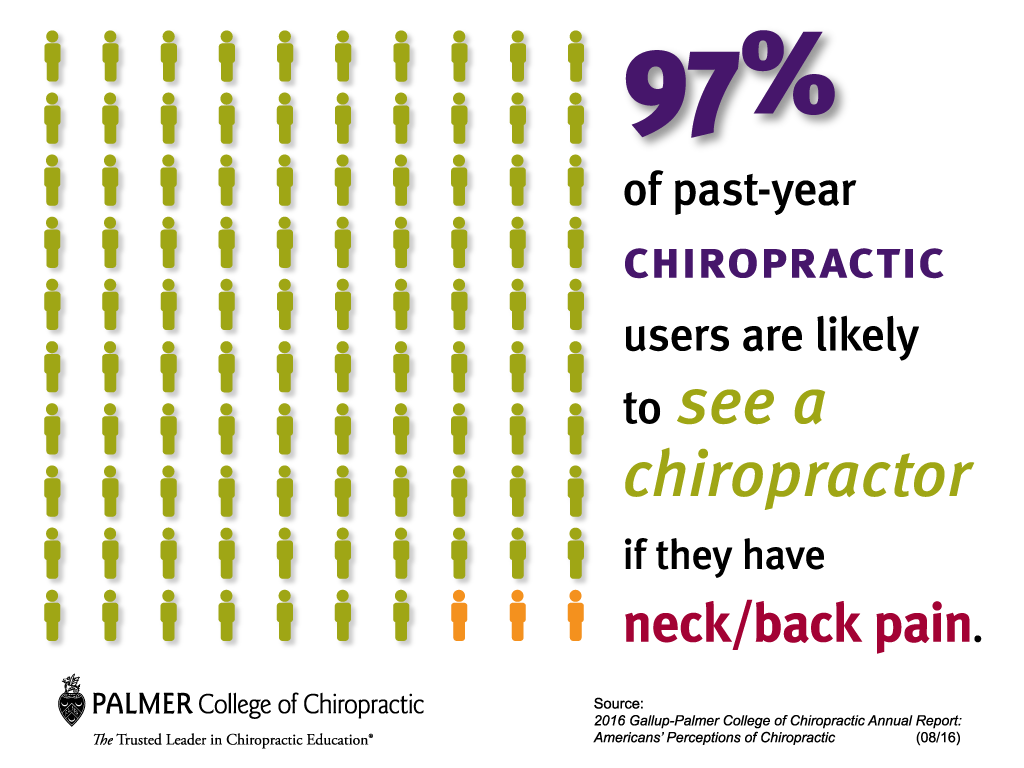Neck And Back Pain As An Indicator Of Health: Typical Problems And Their Symptoms Explained
Neck And Back Pain As An Indicator Of Health: Typical Problems And Their Symptoms Explained
Blog Article
Authored By-Hamilton Butcher
If you're experiencing back pain, your body might be trying to inform you something greater than just pain. The method your back really feels can provide valuable hints regarding your general well-being. Comprehending the details type of discomfort you're feeling and any kind of coming with signs and symptoms is essential to unwinding the mystery behind your pain. Let's discover the common conditions and signs connected with different kinds of back pain to shed light on what your body might be signaling.
Types of Pain In The Back
When it concerns back pain, there are numerous kinds that you might experience. One typical kind is muscle mass discomfort, frequently triggered by overuse, strain, or injury to the muscles and tendons sustaining the back. osteopath austin of pain can vary from moderate pain to extreme and debilitating discomfort.
Another type is nerve pain, which can arise from problems like herniated discs or sciatic nerve pain. Nerve pain usually offers as a sharp, shooting sensation that emits down the leg.
Joint discomfort in the back can come from problems like joint inflammation or sacroiliac joint disorder. This sort of discomfort is normally really felt in the lower back and can be aggravated by particular movements.
Furthermore, back pain can be connected to structural problems such as back stenosis or vertebral fractures. Understanding the sort of pain in the back you're experiencing is critical in determining the ideal treatment and monitoring strategies.
Common Effects to Watch For
Moving past the various types of neck and back pain, it is very important to identify the typical signs that can indicate underlying concerns.
Persistent neck and back pain that gets worse with activity or in the evening might suggest an extra major problem. Tingling or prickling in the legs or feet, particularly when accompanied by weak point, could indicate a nerve-related problem. If you experience abrupt weight management in addition to back pain, it could be a sign of a more systemic condition.
Take notice of any modifications in bladder or digestive tract function, as this could be linked to spinal cord compression. High temperature, cools, or night sweats in conjunction with pain in the back might signify an infection. Keep an eye out for discomfort that radiates down one or both legs, potentially a sign of sciatic nerve pain.
Health And Wellness Conditions Linked to Back Pain
If you experience neck and back pain, it's crucial to understand the prospective health problems linked to this pain. Neck and back pain can be a sign of various underlying issues, including muscle stress, herniated discs, osteo arthritis, spinal stenosis, and also problems like kidney stones or infections.
Muscular tissue stress are common and usually arise from raising hefty items or abrupt activities.
Herniated discs happen when the soft tissue between vertebrae protrudes, triggering nerve inflammation.
Osteoarthritis, a degenerative joint disease, can bring about pain in the back as cartilage material wears down.
Spine stenosis, the constricting of the spinal canal, can tax nerves.
Kidney stones might create extreme pain in the back if they move right into the urinary system.
Infections like spine osteomyelitis can also show up as pain in the back. Recognizing these prospective health and wellness conditions can help you look for suitable medical care and management for your back pain.
Conclusion
So, next time your back injures, take notice of the sort of discomfort and coming with symptoms. Maybe a signal from your body concerning underlying health and wellness problems like muscle pressure, nerve issues, joint problems, or even structural concerns. By identifying these indications, you can take proactive steps to resolve the source of your pain in the back and enhance your overall health and well-being.
